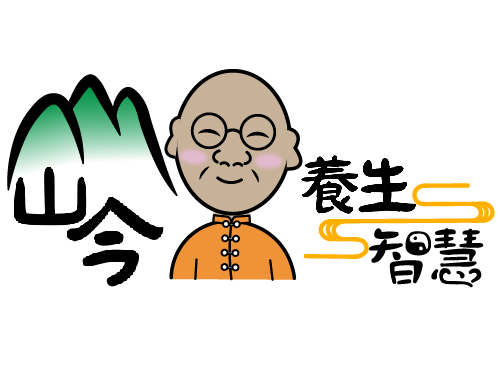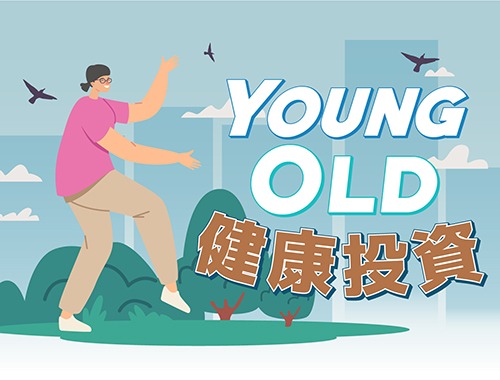BEIJING, Sept. 27, 2024 /PRNewswire/ -- Fan Zaixuan, an expert in mural restoration, still vividly remembers the moment he first arrived at the Mogao Grottoes in the city of Dunhuang on the night of March 31, 1981.
"I could only hear the sound of the wind chimes from the Nine-story Building, which was very mysterious, and I was so excited that I didn't sleep for the whole night."
The Mogao Grottoes is the world's largest and best-preserved Buddhist cave art site, with 735 caves spanning a cliff face 1,700 meters long, containing over 45,000 square meters of murals and more than 2,000 polychrome sculptures.
Fan, who is now in his 60s, has been working to restore the murals in the Mogao Grottoes for more than 40 years. "So far, I have restored an area that's probably the size of a large cave in the Mogao Grottoes," he told CGTN.
Fan knows better than anyone that restoring ancient artwork requires continuous and meticulous work from generation to generation. He developed his skills with the help of older preservers, such as Li Yunhe, who is in his 10th decade.
Li was the Dunhuang Academy's first full-time cultural heritage restorer. He has been dedicated to the cause since 1956.
Now, Fan is the mentor, passing down his knowledge and experience to students. He hopes the younger generation will, in turn, continue the "Mogao spirit."
Dai Chuan, one of Fan's students, was born in the 1990s. However, he has already spent over a decade working to protect the murals in the Mogao Grottoes. "I am also willing to make the inheritance of Dunhuang culture my lifelong endeavor," Dai said with determination.
Chinese President Xi Jinping made the Mogao Grottoes the first stop on his inspection tour to northwest China's Gansu Province in August 2019.
He hailed Dunhuang culture as "a bright pearl in the long river of world civilization, and precious historical material for the study of the politics, economy, military, culture and art of various ethnic groups in ancient China."
By the end of 2022, the academy had compiled a digital data collection on 278 caves, image processing for 164 of them, and the 3D reconstruction of 145 painted sculptures and seven ruins while delivering a panoramic tour program for 162 caves.
'Preserving the roots'
An old Chinese proverb goes, "All things in the world have their laws for survival and development, but they know how to preserve their roots."
President Xi has echoed this sentiment, often emphasizing the importance of protecting cultural heritage. He believes that the longevity of Chinese civilization is due to this fundamental understanding of its roots. "Because of this sense of roots, Chinese civilization has grown and flourished till today."
Over the past decade, China has enhanced its systems and policies for protecting cultural heritage.
By the end of 2021, there were 108 million sets of state-owned movable cultural relics and about 767,000 immovable ones in China.
To date, China has 59 sites inscribed on the UNESCO World Heritage List, ranking second globally. It also has 43 items on the UNESCO Intangible Cultural Heritage List, making it the country with the most listings in the world.
Initiated by China and joined by over 20 Asian countries, the Alliance for Cultural Heritage in Asia (ACHA) was established in 2023, putting a spotlight on promoting Asian cultural heritage conservation cooperation and inheriting and developing Asian civilizations in various forms.
Under the framework of the ACHA, China has been involved in 33 joint archaeological projects in 19 Asian countries and participated in conservation projects at 11 historical monuments in six Asian countries.
The establishment of the ACHA is a major part of the Global Civilization Initiative proposed by President Xi, which called for respecting the diversity of civilizations, advocating the common values of humanity, valuing the inheritance and innovation of civilizations, and strengthening international people-to-people exchanges and cooperation.
Over the years, China has stayed committed to and taken concrete actions toward the harmonious coexistence of various civilizations in the world. The country has signed cooperation agreements with 157 countries in the fields of culture, cultural heritage and tourism.
source: CGTN
《說說心理話》說說心理急救:遇危急事故應如何面對?點樣正確提供情緒支援?講錯說話容易造成二次傷害!► 即睇































